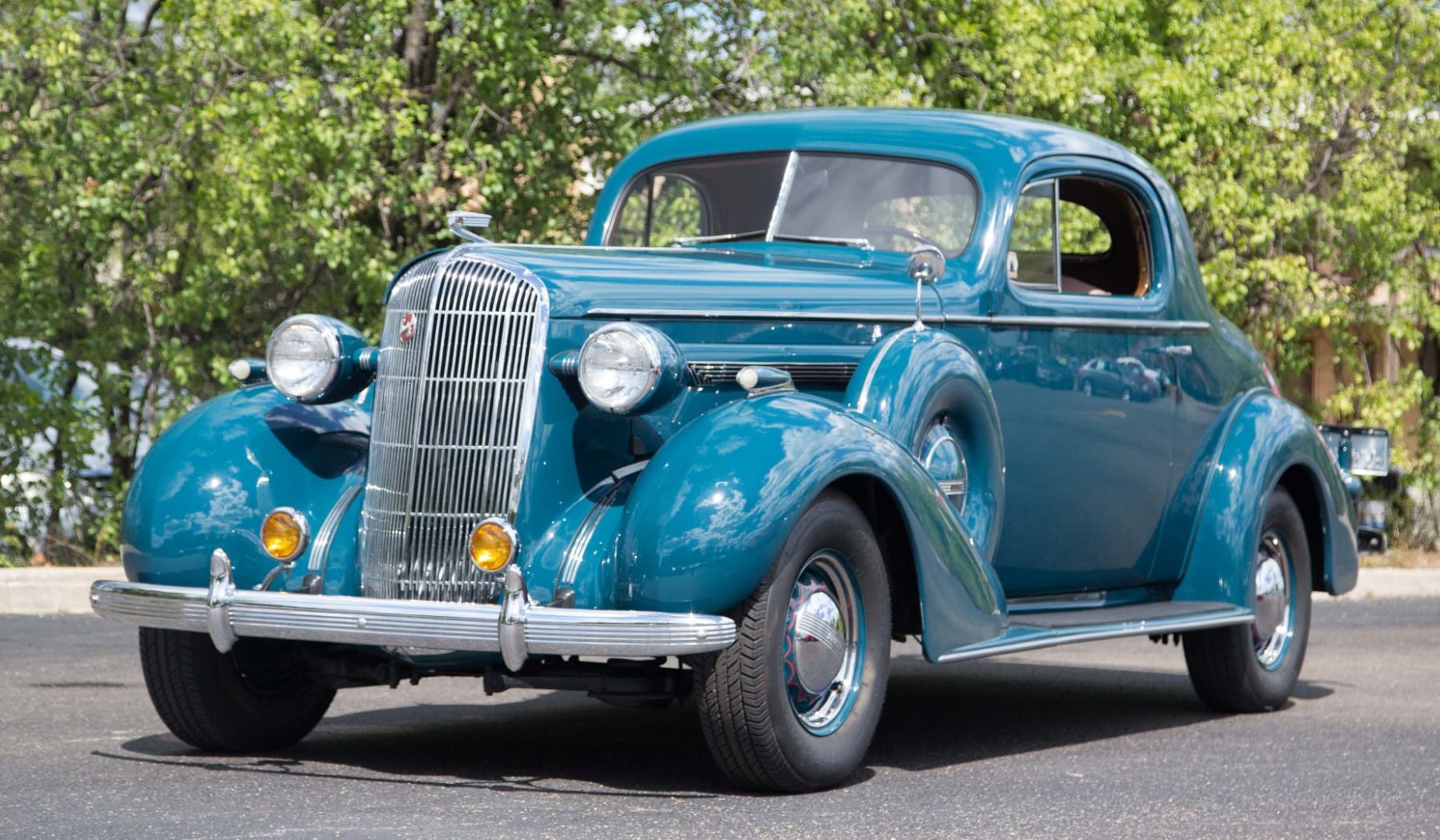Long before Pontiac introduced the iconic GTO, Buick pioneered the concept of a mid-size model with a powerful engine derived from its larger counterparts. During the early 1960s, amidst a burgeoning interest in high-performance factory-built cars, Buick revealed a lineup of vehicles that set the stage for what would later become known as the muscle car era.
In 1936, Buick introduced the Century, a mid-size model equipped with a robust straight-eight engine borrowed from its larger siblings. While the term “muscle car” had yet to be coined, the Century laid the foundation for future models that would define the genre.

Engineered with a potent 320-ci straight-eight engine producing 120 horsepower, the Century boasted remarkable performance for its time. Marketed as “the banker’s hot rod,” the Century garnered widespread acclaim for its blend of power, prestige, and drivability, solidifying its place in automotive history.
Despite its significance, the Century’s contributions to the evolution of American performance cars often go unrecognized. Nevertheless, its pioneering role as the first factory-built model to combine a powerful engine with an intermediate platform paved the way for the muscle cars that would follow in the decades to come.

